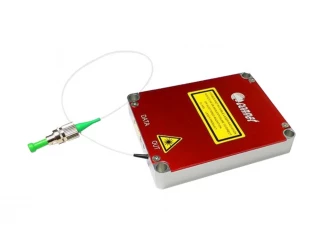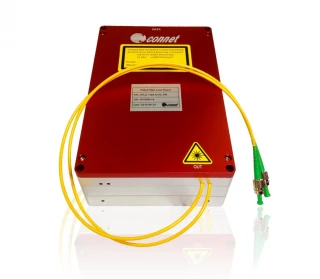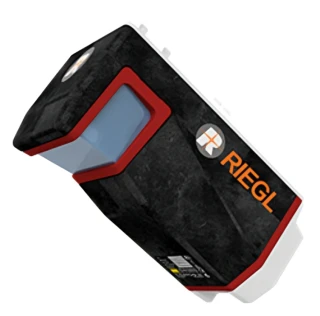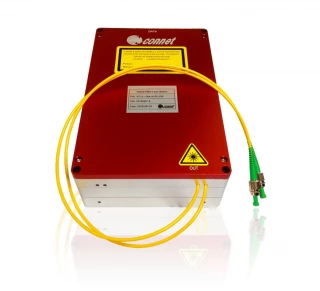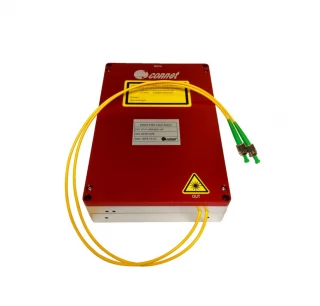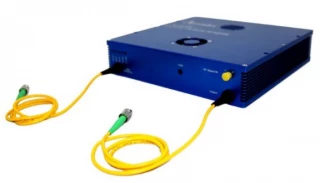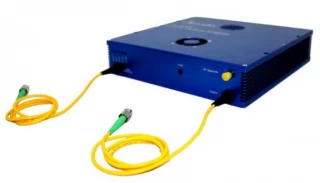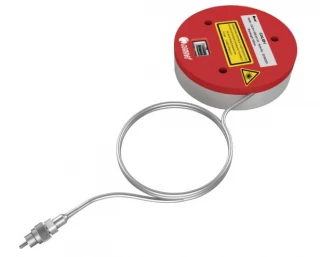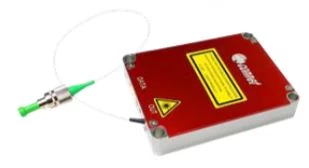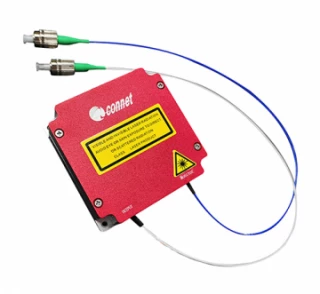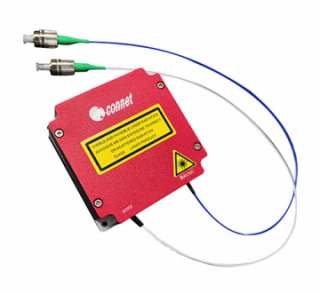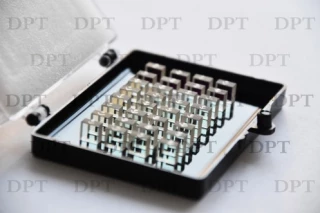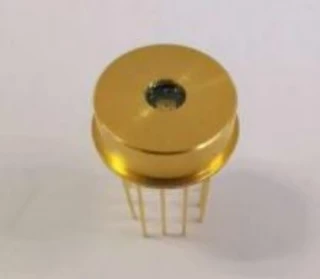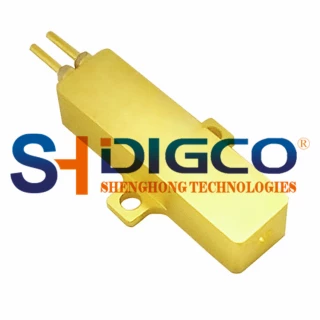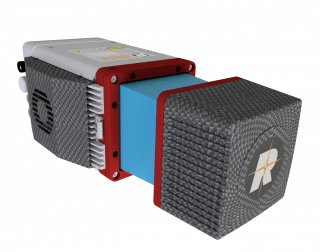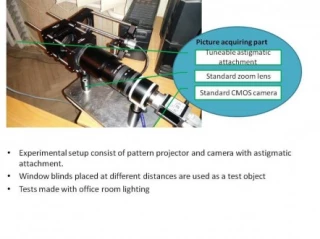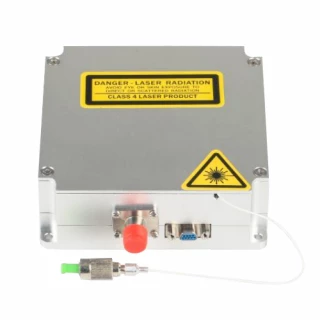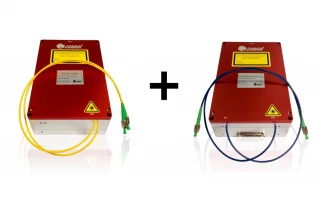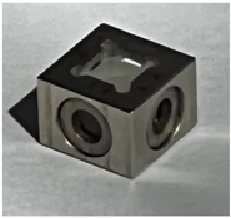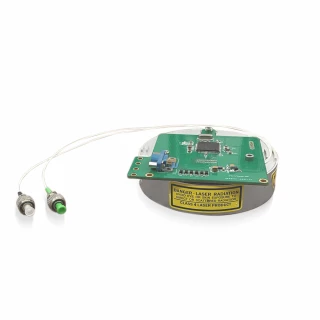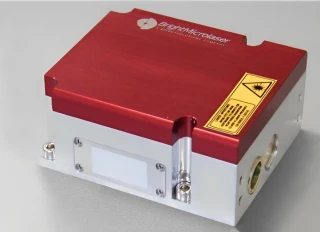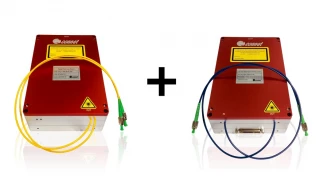1-25 of 135 results for "lidar".
Search Results
CoLID-II 1550nm Short Pulse Fiber Laser for LiDAR
-
Sold by:
-
Ships from:
China
Specifications |
|
|---|---|
| Wavelength: | 1550 nm |
| Average Output Power: | 1.5 W |
| Pulse Duration: | 0.5 – 250 ns |
| Beam Quality (M^2): | 1.1 |
CoLID-HP 1550nm Short Pulse Fiber Laser for LiDAR
-
Sold by:
-
Ships from:
China
Specifications |
|
|---|---|
| Wavelength: | 1550 nm |
| Average Output Power: | 5 W |
| Pulse Duration: | 1 – 250 ns |
| Beam Quality (M^2): | 1.2 |
RIEGL VUX-100-25 High-Performance Airborne LiDAR for Unmanned Aerial Vehicles
-
Sold by:
-
Ships from:
Austria
Specifications |
|
|---|---|
| Maximum Measurement Range: | 360 m |
| Minimum Measurement Range: | 5 m |
| Measurement Rate: | 1333333 meas./sec |
| Accuracy: | 50 mm |
CoLID-HP 1064nm Short Pulse Fiber Laser for LiDAR
-
Sold by:
-
Ships from:
China
Specifications |
|
|---|---|
| Wavelength: | 1064 nm |
| Average Output Power: | 5 W |
| Pulse Duration: | 1 – 50 ns |
| Beam Quality (M^2): | 1.2 |
CoWIND 1550nm High Power Single Frequency Fiber Laser Module
-
Sold by:
-
Ships from:
China
Specifications |
|
|---|---|
| Center Wavelength: | 1550 nm |
| Output Power: | 2 W |
| Output Mode: | Continuous Wave (CW), Single Frequency, Single Longitudinal Mode |
| Beam Quality (M^2): | 1.1 |
Amonics - Nanosecond Fiber Laser - ALiDAR-10-M-FA
-
Sold by:
-
Ships from:
China
Specifications |
|
|---|---|
| Wavelength: | 1550 nm |
| Average Output Power: | 0.2 W |
| Pulse Duration: | 100 – 1000 ns |
| Beam Quality (M^2): | 1.1 |
Amonics - Nanosecond Fiber Laser - ALiDAR-40-M-FA
-
Sold by:
-
Ships from:
China
Specifications |
|
|---|---|
| Wavelength: | 1550 nm |
| Average Output Power: | 0.8 W |
| Pulse Duration: | 100 – 1000 ns |
| Beam Quality (M^2): | 1.3 |
CoLID-I 1064nm Short Pulse Fiber Laser for LiDAR
-
Sold by:
-
Ships from:
China
Specifications |
|
|---|---|
| Wavelength: | 1064 nm |
| Average Output Power: | 2 W |
| Pulse Duration: | 1 – 50 ns |
| Beam Quality (M^2): | 1.1 |
CoLID-I 1550nm Short Pulse Fiber Laser for LiDAR
-
Sold by:
-
Ships from:
China
Specifications |
|
|---|---|
| Wavelength: | 1550 nm |
| Average Output Power: | 1.5 W |
| Pulse Duration: | 0.5 – 250 ns |
| Beam Quality (M^2): | 1.1 |
CoLID-II 1064nm Short Pulse Fiber Laser for LiDAR
-
Sold by:
-
Ships from:
China
Specifications |
|
|---|---|
| Wavelength: | 1064 nm |
| Average Output Power: | 2 W |
| Pulse Duration: | 1 – 50 ns |
| Beam Quality (M^2): | 1.1 |
CoLID-Mini 1550nm Short Pulse Fiber Laser for LiDAR
-
Sold by:
-
Ships from:
China
Specifications |
|
|---|---|
| Wavelength: | 1550 nm |
| Average Output Power: | 1.5 W |
| Pulse Duration: | 0.5 – 250 ns |
| Beam Quality (M^2): | 1.1 |
CoLID-Mini 1550nm Short Pulse Fiber Laser Source for LiDAR
-
Sold by:
-
Ships from:
China
Specifications |
|
|---|---|
| Wavelength: | 1550 nm |
| Average Output Power: | 1.5 W |
| Pulse Duration: | 0.5 – 250 ns |
| Beam Quality (M^2): | 1.1 |
Nonlinear crystals--KTiOPO4(KTP)
-
Sold by:
-
Ships from:
China
Specifications |
|
|---|---|
| Crystal Type: | KTP (KTiOPO4) |
| Phase Mathcing Type: | Not Applicable |
| Mounting: | Unmounted |
| Width: | 5 mm |
500um InGaAs APD Preamplifier Module
-
Sold by:
-
Ships from:
China
Specifications |
|
|---|---|
| APD Type: | InGaAs |
| Operational Wavelength (Typical): | 1550 nm |
| Operational Wavelength Range: | 1100 – 1700 nm |
| Active Diameter: | 500 um |
RIEGL VMX-2HA
-
Sold by:
-
Ships from:
Austria
Specifications |
|
|---|---|
| Maximum Measurement Range: | 475 m |
| Minimum Measurement Range: | 1 m |
| Measurement Rate: | Not Specified |
| Accuracy: | 5 mm |
Eye safe Er:glass DPSS laser transmitters with high repetition rates for Lidar source
-
Sold by:
-
Ships from:
China
Specifications |
|
|---|---|
| Avg. Power: | 4000 W |
| Wavelength: | 1535 nm |
| Repetition Rate: | 1 – 5 kHz |
| Spatial Mode (M^2): | 0 |
RIEGL miniVUX-3UAV
-
Sold by:
-
Ships from:
Austria
Specifications |
|
|---|---|
| Maximum Measurement Range: | 170 m |
| Minimum Measurement Range: | 2 m |
| Measurement Rate: | 200000 meas./sec |
| Accuracy: | 15 mm |
3D Mapping Technology
-
Sold by:
-
Ships from:
United States
Specifications |
|
|---|---|
| Light Source Type: | Modulated Laser |
| Light Source Wavelength: | 650 nm |
| Sample Reflectivity: | 10 – 90 % |
| Vertical Range: | 10 nm |
1550nm Pulsed Fiber Laser For Remote Sensing Mapping
-
Sold by:
-
Ships from:
China
Specifications |
|
|---|---|
| Wavelength: | 1550 nm |
| Average Output Power: | 1 W |
| Pulse Duration: | 3 – 5 ns |
| Beam Quality (M^2): | 1 |
Connet CoLIS-MP 1550nm Long Pulse Single Frequency PM Fiber Laser
-
Sold by:
-
Ships from:
China
Specifications |
|
|---|---|
| Amplifier Type: | EDFA - Erbium-Doped Fiber Amplifier |
| Wavelength Range: | 1545 – 1565 nm |
| Min Input Power: | Not Specified |
| Max Output Power: | Not Specified |
1532nm High Power CW Fiber Laser
-
Sold by:
-
Ships from:
China
Specifications |
|
|---|---|
| Center Wavelength: | 1532 nm |
| Output Power: | 30 W |
| Output Mode: | Continuous Wave (CW) |
| Beam Quality (M^2): | 1.2 |
Ascentta Polarization Dependent Free Space Circulator (1310nm, 1480nm, 1550nm, 1590nm)
-
Sold by:
-
Ships from:
United States
Specifications |
|
|---|---|
| Type Of The Device: | Circulator |
| Operating Wavelength: | 1550 nm |
| Max Power: | 0.3 W |
| Min Isolation: | 28 dB |
1550nm Pulsed Fiber Laser For Distributed Temperature Sensing
-
Sold by:
-
Ships from:
China
Specifications |
|
|---|---|
| Wavelength: | 1550 nm |
| Average Output Power: | 3000 W |
| Pulse Duration: | 1 – 10 ns |
| Beam Quality (M^2): | 1 |
SB1-266 1.3 ns Microchip Laser 266nm
-
Sold by:
-
Ships from:
United States
Specifications |
|
|---|---|
| Avg. Power: | 0.001 W |
| Wavelength: | 266 nm |
| Repetition Rate: | 1 – 10 kHz |
| Spatial Mode (M^2): | 1.3 |
1550nm Long Pulse Single Frequency PM Fiber Laser LP
-
Sold by:
-
Ships from:
China
Specifications |
|
|---|---|
| Amplifier Type: | EDFA - Erbium-Doped Fiber Amplifier |
| Wavelength Range: | 1545 – 1565 nm |
| Min Input Power: | Not Specified |
| Max Output Power: | 50 dBm |

